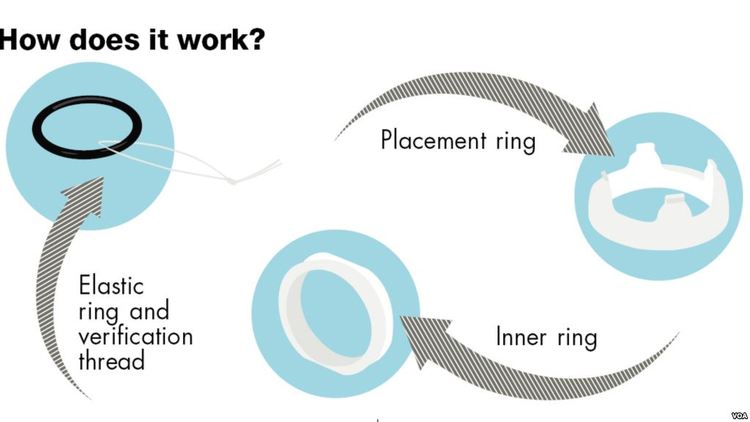
The Sunday Mail

Shamiso Yikoniko
Zimbabwe continues to lag behind annual targets for voluntary medical male circumcision (VMMC).
The low uptake of male circumcision has been attributed to gadgets required for the procedure not being readily available, while some men are simply afraid to go under the knife.
Reports indicate that so far, the uptake of VMMC stands at 4,8 percent of the 1,3 million target. Cumulatively 412 614 males have been circumcised since 2009.

Secretary for Health and Child Care Dr Gerald Gwinji said: “The methodology being currently used, traditional Forceps Guided and other gadgets has slowed down the process of male circumcision as some of the gadgets aren’t readily available.
“We are trying to scale up on the circumcision programme as we are working towards achieving our targets. We have been able to achieve only 4,8 percent of the target and this means we still have a long way to go.
“We should be able to avert 42 percent of new HIV infections through scaling up of male circumcision, that is averting 150 000 new infections.”
Last year, Zimbabwe had targeted to circumcise at least 217 800 men, but only managed to have 209 056 men go under the knife. According to the 2014 Global Aids Response Progress Report, in 2010 the target was 20 000, but 11 176 were circumcised. In 2011, 36 742 were circumcised against a target of 60 000, while in 2012 only 40 755 men went under the knife against a target of 80 000.
In 2013 a slight increase was recorded as 112 084 were circumcised against a target of 115 000.
The year 2009 is the only year so far that saw the country surpass the target of 2 000 by recording 2 801 male circumcisions.
Male circumcision is said to reduce the risk of HIV/Aids infection by at least 60 percent during sex but this does not cover full protection.
However, recent reports have suggested that men who have undergone voluntary circumcision are embarking on high sexual risks further exposing themselves to HIV.
In order to scale up effort for VMMC, the country has adopted the Prepex device.
“The Prepex device which is currently under pilot study has gone through a number of stages and we are awaiting WHO pre-qualification. It allows us to do more circumcisions in a short space of time,” added Dr Gwinji.
“Our target is to have a sizeable number of men circumcised that will make a population level impact on HIV in a very short space of time. Even though resources are a challenge, some nurses have been trained to perform male circumcision with the new device rather than one waiting for the doctor to perform the procedure.”
Nurses are required to successfully perform 20 circumcision procedures before they are certified.
Prepex (ring) is a non-surgical circumcision device which uses rubber bands. A plastic ring is inserted inside the foreskin and a rubber ring is placed on the outer foreskin, on top of the inner ring.
The outer ring clamps on the inner ring stopping the flow of blood to that part of the foreskin that is to be removed. Within a week the foreskin dies from lack of oxygen and either falls off on its own or is easily cut off; no anesthesia or sutures are required.
In the interim, trends in male circumcision are expected to improve for the better with the introduction of the ring.
PSI Zimbabwe’s director for social marketing, Ms Kumbirai Chatora, articulates the benefits of the ring which she is confident that it will lure more men to take up circumcision.
“The ring allows you to go on with your life while getting circumcised and it allows work and fun situations while wearing the device among many other benefits attached to it,” she said.
Besides the Prepex device and the Forceps Guided method, another method being used for male circumcision in the country is the Dorsal Slit.
If the target is achieved, the country is set to save US$2,9 billion in care costs related to HIV management.
Government this year launched an ambitious US$100 million Accelerated Operational Plan 2014-2018 for male circumcision expected to see at least 80 percent of the male population being voluntarily circumcised.



